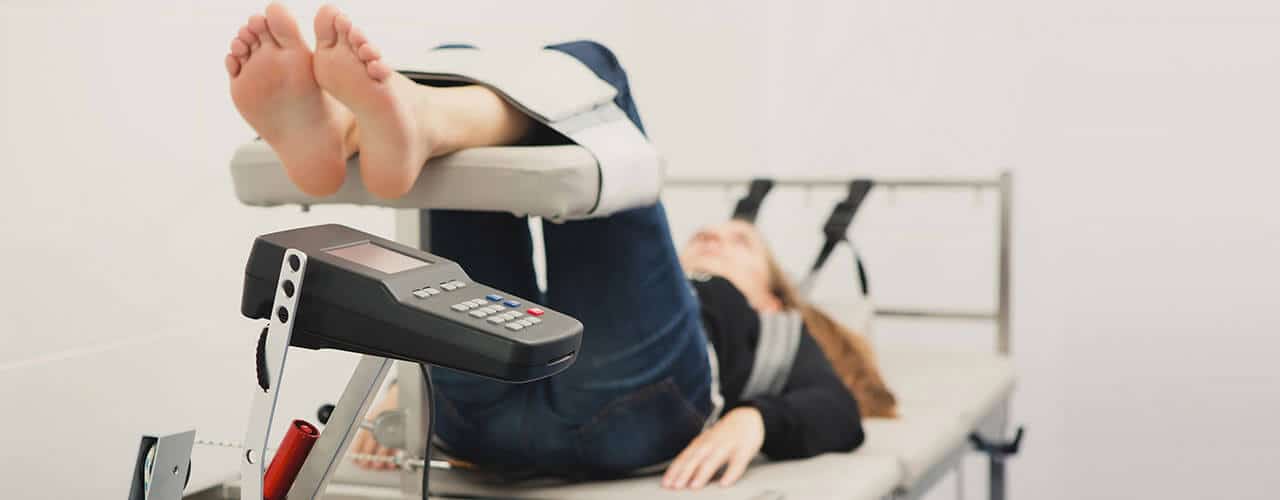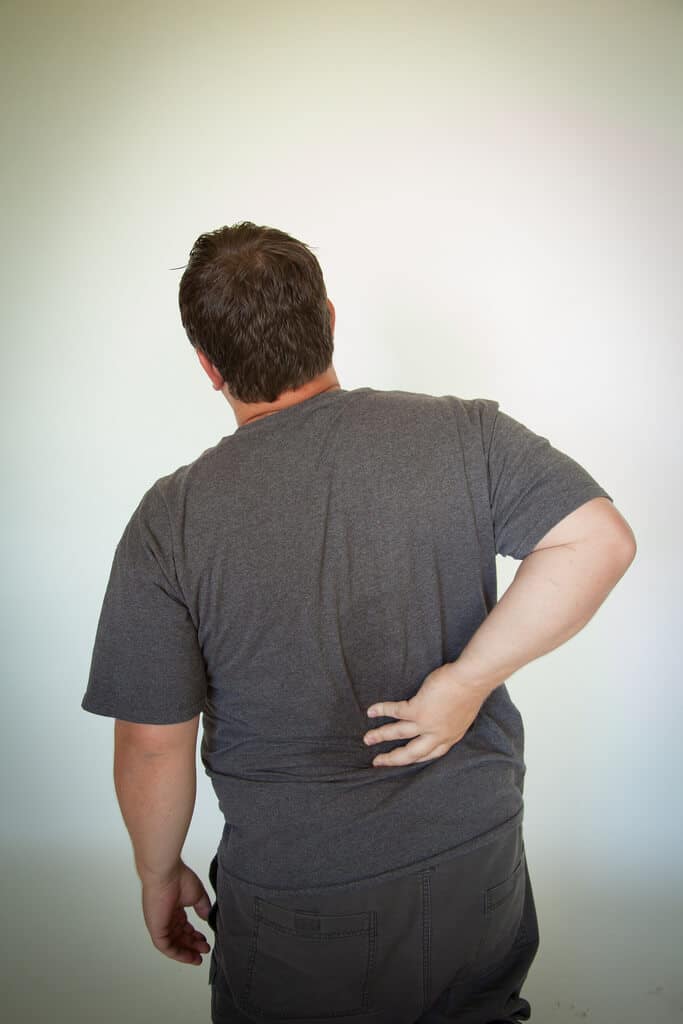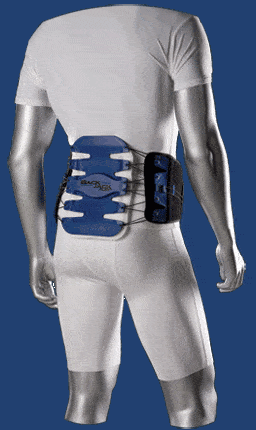Spinal Traction Therapy: Questions & Answers
Chronic back pain can be very demoralizing and can disrupt your life in profound ways. Back pain can be the result of many different injuries and conditions suffered through sporting or lifestyle incidents. There are several methods to treat back pain, injuries and health conditions, but patients who are concerned with the continual use of nonsteroidal anti-inflammatory drugs to reduce the pain, or are reluctant to take steroid injections or seek physical or chiropractic treatment, can opt for spinal decompression using traction equipment. In this post, we provide answers to some of the most frequently asked questions about spinal traction therapy and explain how it can help patients experiencing back injuries or pain.
What is Spinal Traction Therapy?
Spinal traction therapy, also known as spinal decompression therapy, is a type of decompression therapy intended to reduce pressure on the spine. Traction therapy is a passive treatment that pulls or stretches soft tissue using mechanical forces. The pulling may be continuous or intermittent and the equipment utilizes the force of gravity for greater effect. Doctors can perform this therapy using either manual or mechanical methods.
What Does Spinal Traction Do?
Spinal decompression involves stretching the spine using a motorized device. It stretches the spine in order to reduce the pressure on compressed discs. This stretching straightens the spine and improves the ability of the body to heal itself. Reducing pressure on the discs also increases the gaps through which nerves exit the spinal cord.
In most cases, the patient lies fully clothed on a table equipped with special tools to stretch the spine, and with a computer which customizes the treatment to the patient’s specific needs. The therapist will place a harness around the patient’s pelvis and another around the trunk. He or she will then use a series of pulleys and slings to stretch the spine. This slow, gentle stretching takes pressure off compressed spinal discs, ligaments and nerves, and induces proper spinal alignment.
Sometimes the therapist performs this decompression manually by using hands to stretch and push the muscles along the spine to create space between the disc and vertebrae.
What Injuries And Conditions Does Spinal Traction Therapy Treat?
There are a variety of injuries and conditions, both acute and chronic, that spinal traction can treat, which makes it a viable treatment option for both athletes and those who experience injuries through career or lifestyle incidents. Spinal traction is most commonly used to treat conditions such as bone spurs, slipped discs, herniated disc and degenerative disc disease. Doctors have also treated facet disease, foramina stenosis, sciatica and pinched nerves using this therapy.
What Are The Side Effects Of Spinal Traction?
For those suffering from certain conditions and injuries, spinal traction has the potential to cause pain that is worse than the original condition. For example, those with osteoporosis and certain types of cancer should not use traction therapy. Spinal traction can cause muscle spasms is some instances. Most doctors are prepared for this to happen during or after therapy.
There are no long-term risks of spinal traction therapy – any possible side effects occur during or immediately after treatment.
Spinal traction is not for everyone. A physician can determine if the risks are worth the potential rewards based on your medical history.
In a future post we will examine additional questions related to traction therapy including how it works, its benefits and the outlook after undergoing this form of therapy.





